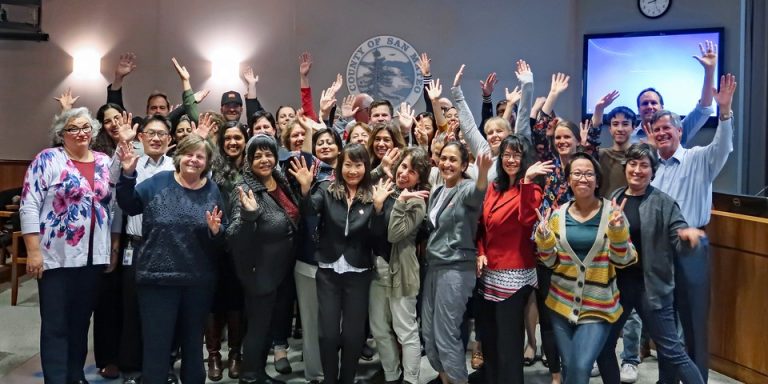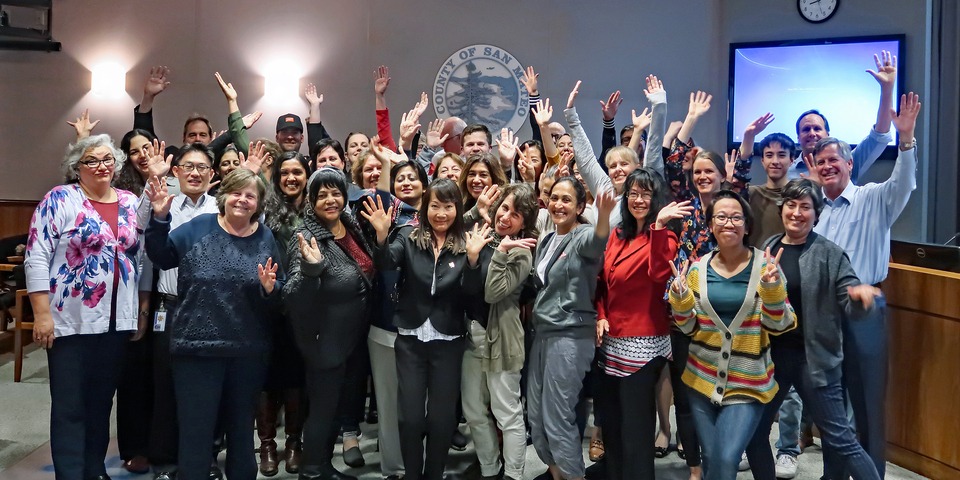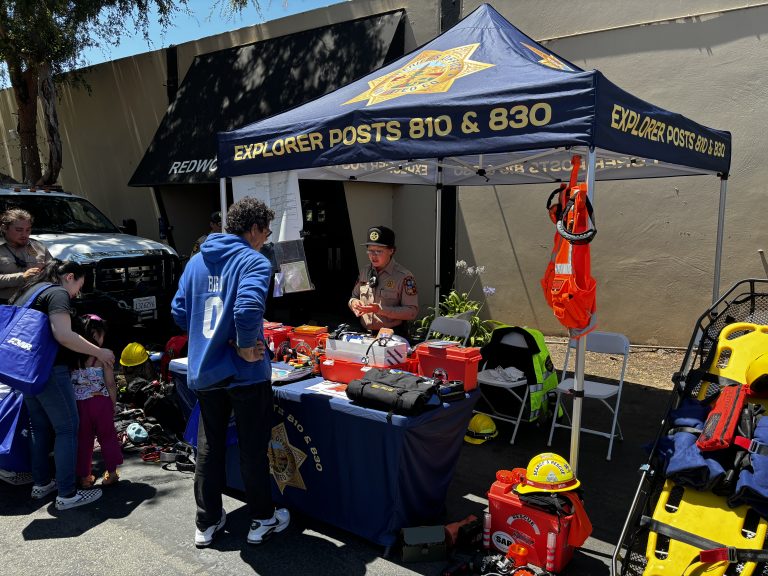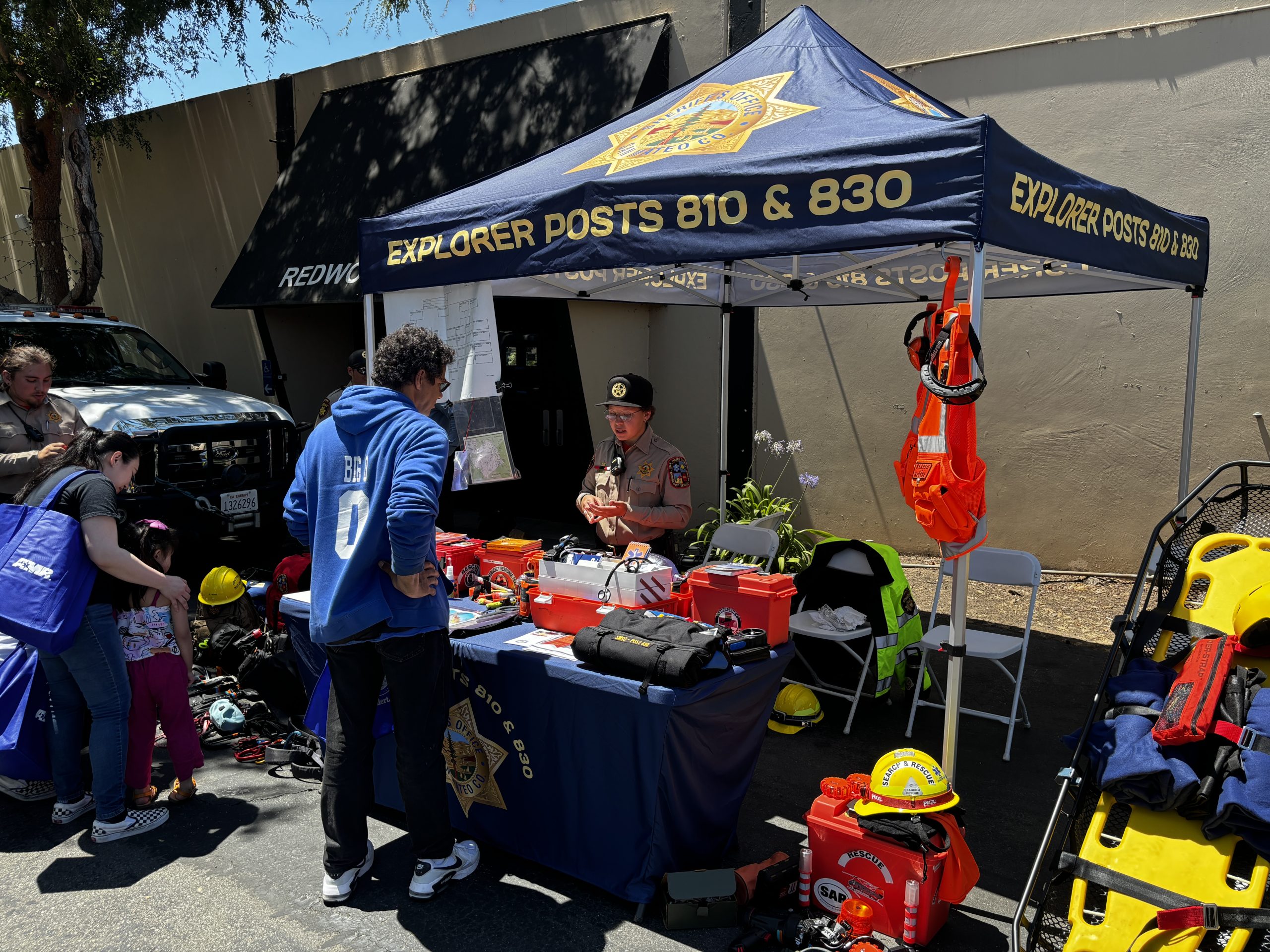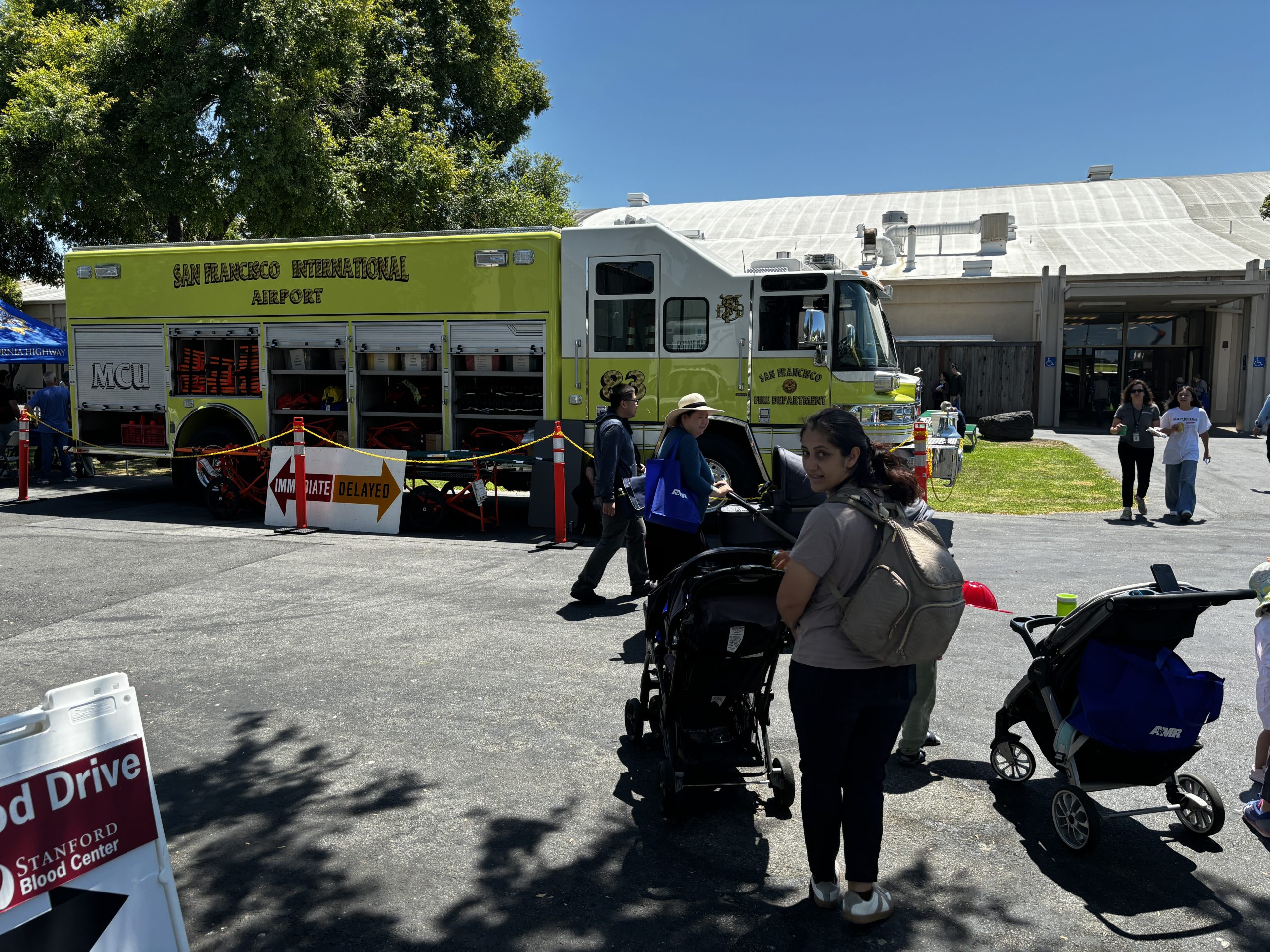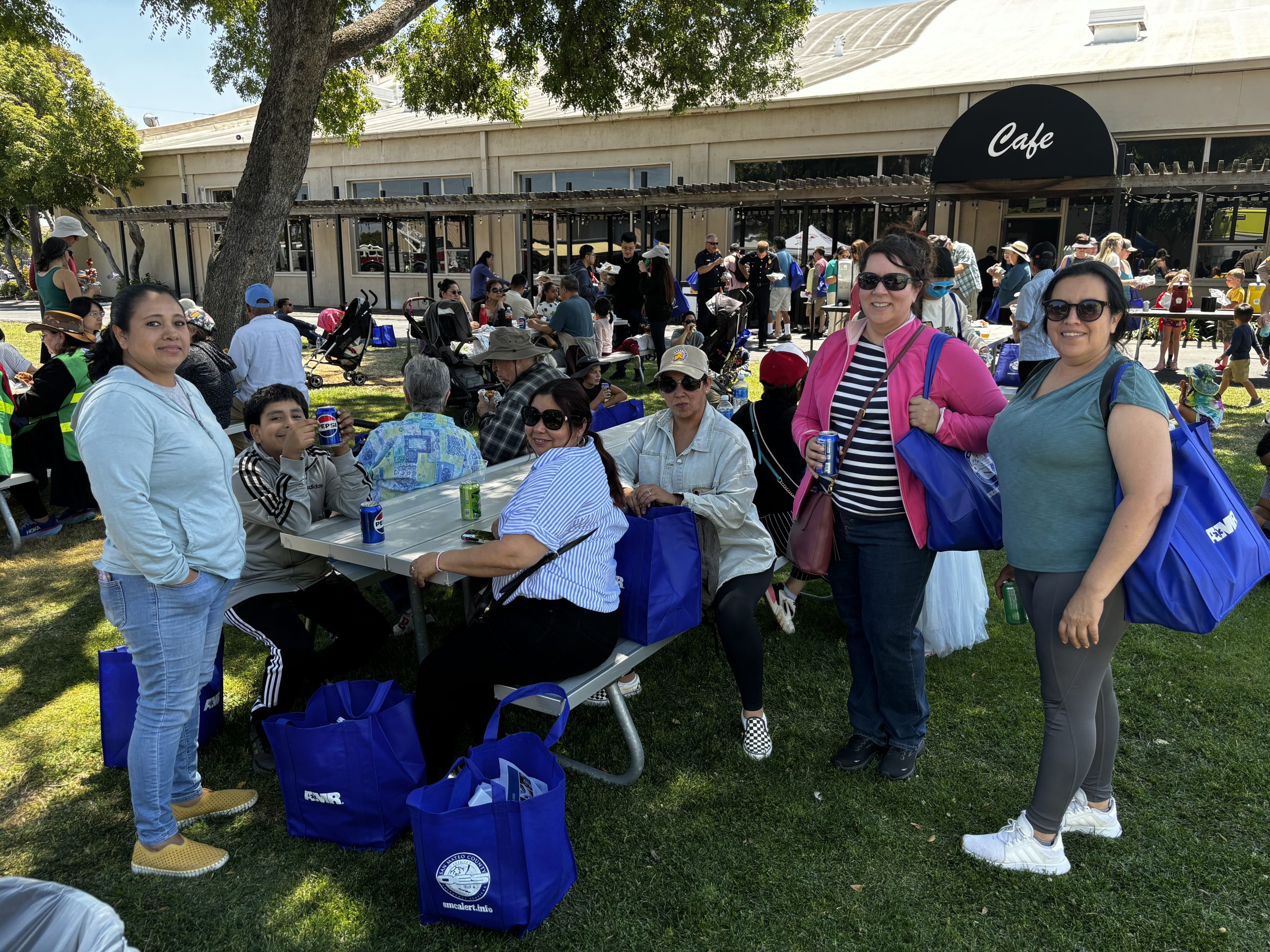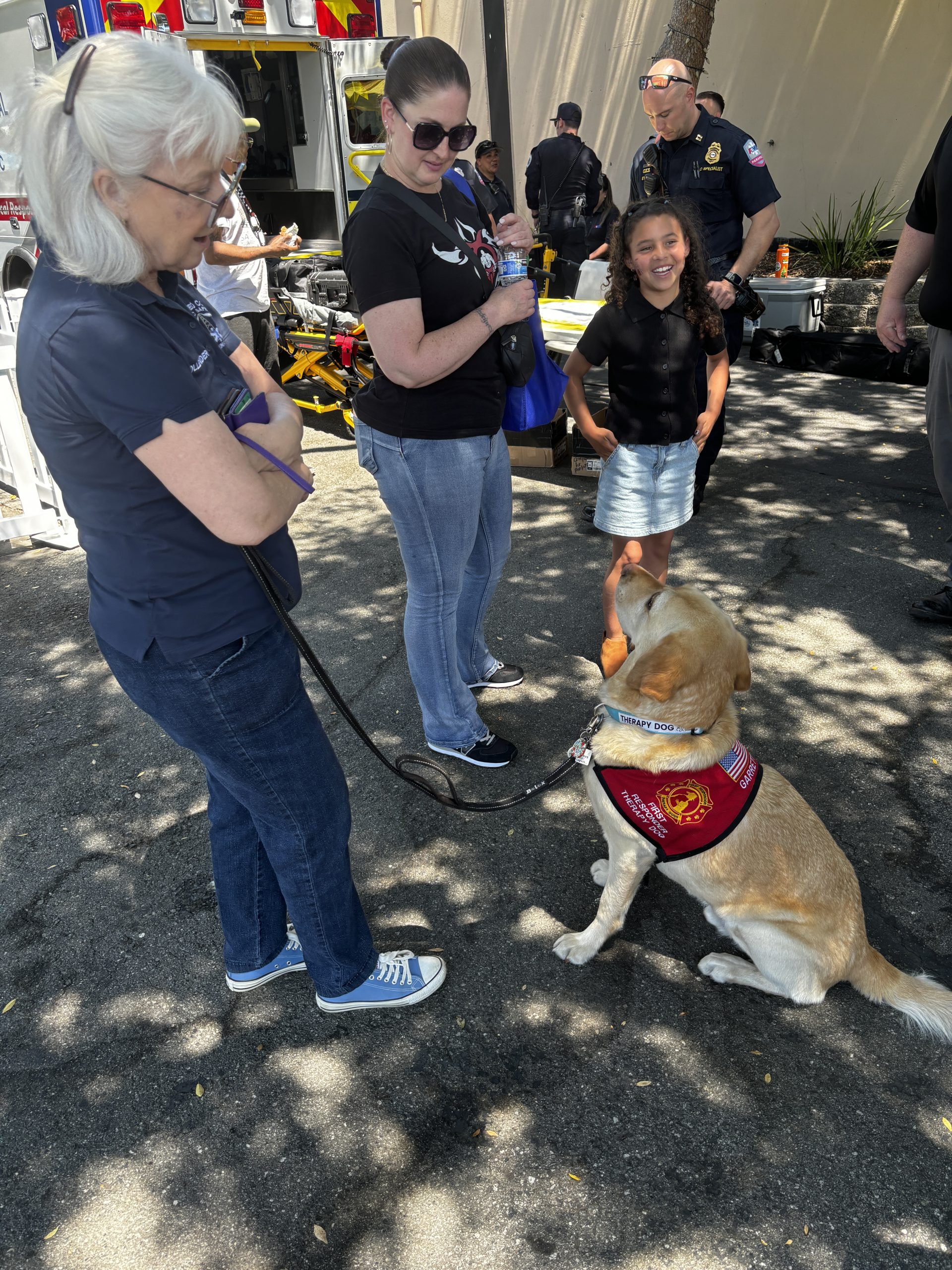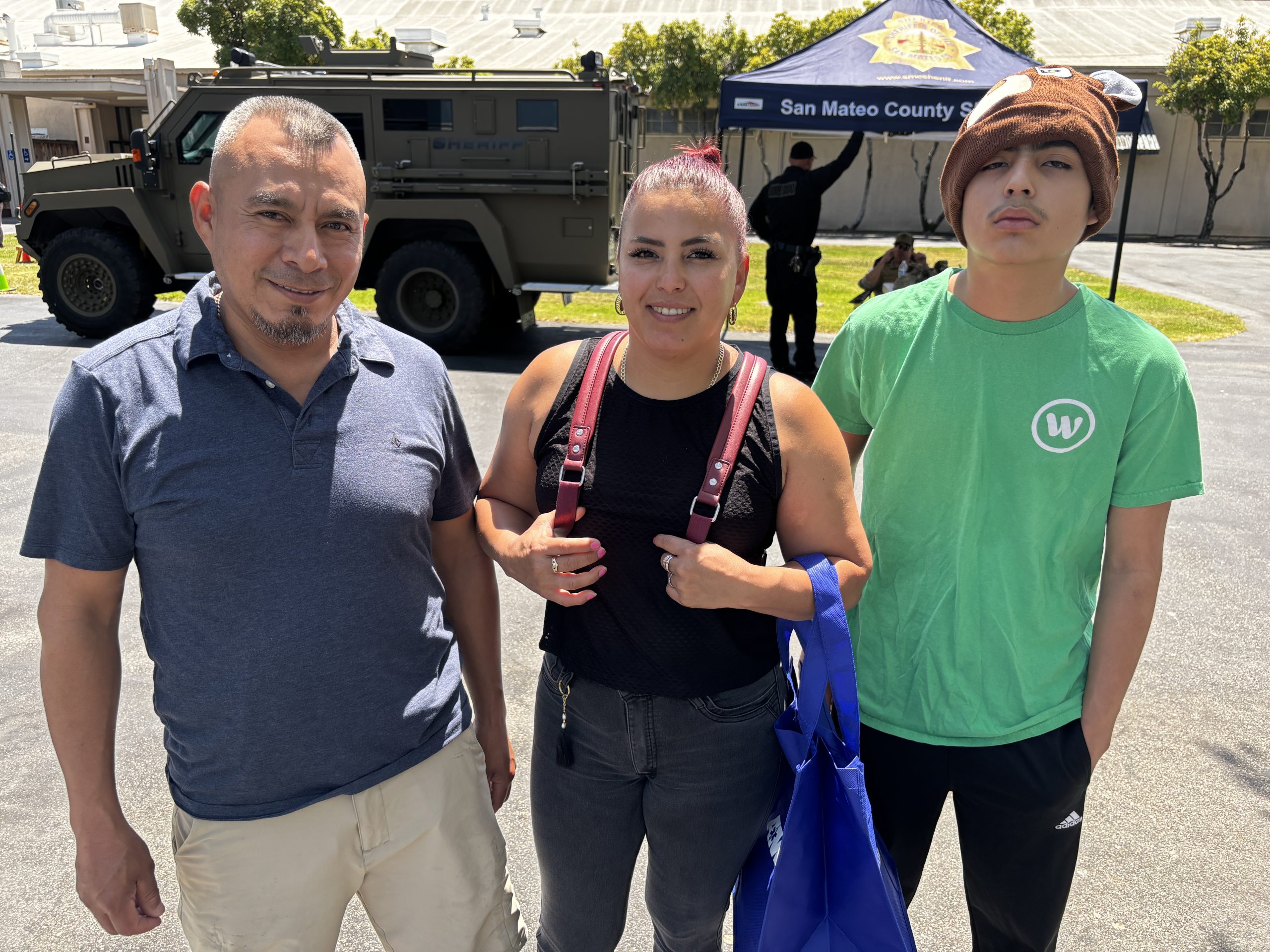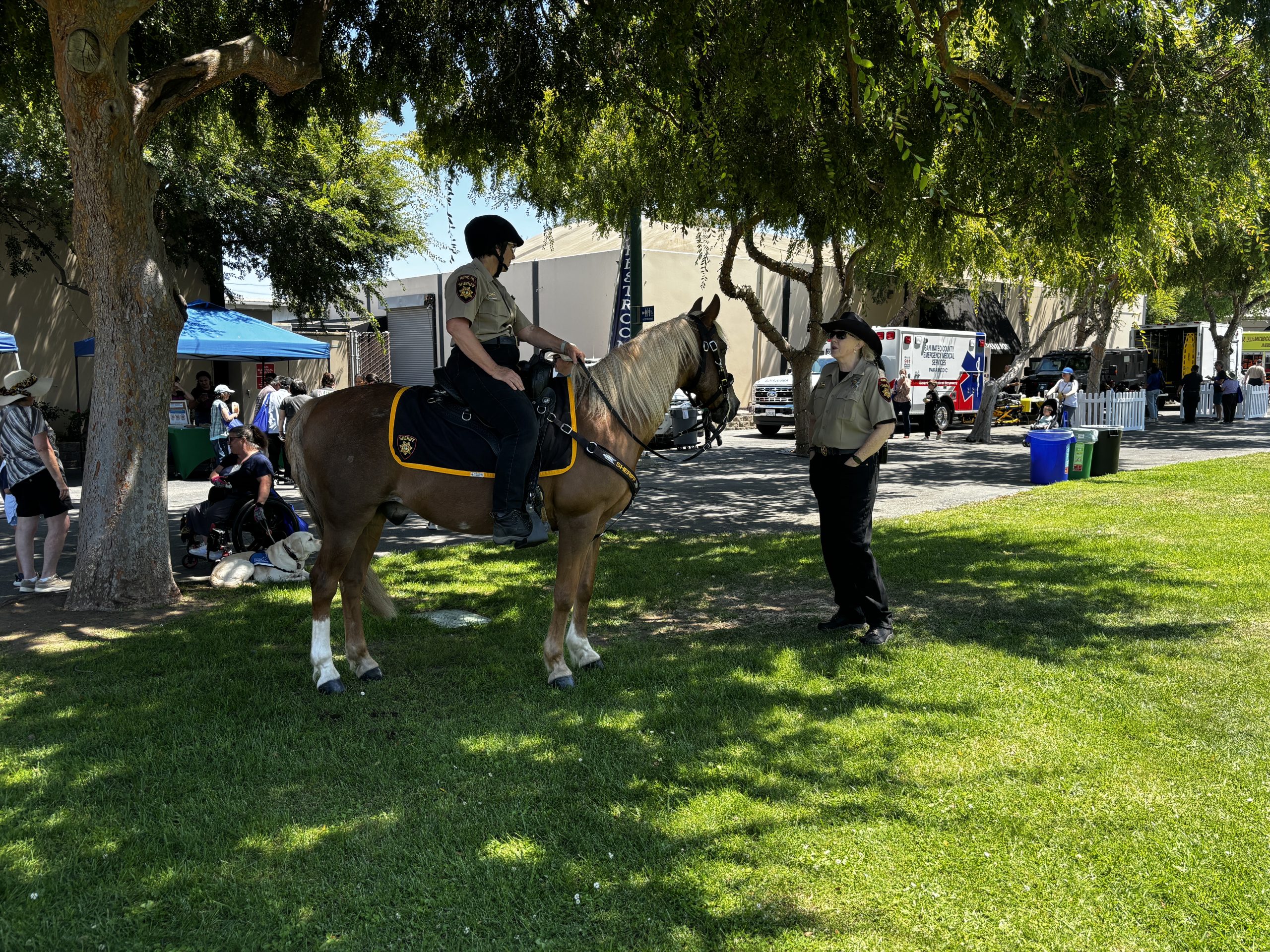
Listen to this note:
Medicaid is the largest health insurance program in the country, currently offering free or low-cost coverage to more than 83 million people in the United States, but not all states have managed to maintain a high number of beneficiaries due to misinformation or confusion in paperwork; however, Medicaid seeks to break the health disparity and provide health services to all.
Approximately 23 million people, including 3 million children, have lost or will lose coverage due to the end of pandemic-era continuous coverage protections. Of the 23 million people who will lose or have lost coverage, 69 percent have been disenrolled for reasons other than their eligibility.
Expanding Medicaid to close the coverage gap is one of the most significant ways for states to increase coverage rates and achieve health equity, experts said during a briefing held by Ethnic Media Services.
Ten states, mostly in the South, continue to choose not to expand their Medicaid programs under the Affordable Care Act, and these states have some of the worst health disparities in the country.
Katherine Hempstead, senior policy adviser at the foundation Robert Wood Johnson, said the federal Medicaid program was designed as a federal-state partnership, meaning there is both federal and state money earmarked for the program in each state, and while the federal government spends much more, the amount each state spends depends on the average income bracket of the state.
So it's a very large program that primarily benefits children, pregnant women, low-income adults, but also low-income seniors and people with disabilities.
Medicaid was originally designed for low-income groups, however its services are so broad that they benefit anyone.
Hempstead said states that are considering expanding coverage to immigrants should be encouraged and, if so, would have to use state funds to do so, “but we know that several states have expanded coverage to people regardless of their immigration status, sometimes it is only a combination of groups that benefit, so the objective is lost, although the effort made in California is evident.”
There is a gap in this regard, and the use of coverage for immigrants is complicated by the fear of providing personal information that could compromise them, which makes it difficult to remain on Medicaid, even though they remain eligible, Hempstead said.
Martha Sánchez, Director of Health Policy and Defense of Young Invincibles, commented that the organization was founded in 2009, encouraging young adults to gain access to affordable and quality health care, “despite our age, we understand that young people are not invincible, we need health care, we get sick and face a number of chronic problems.”
A 2019 study of the Centers for Disease Control and Prevention showed that at least half of young adults between 18 and 34 years old have at least one chronic condition such as obesity, diabetes, cancer, or mental health, among others.
She said that young people aged 18 to 24 show symptoms of mental illness such as depression, anxiety and loneliness, so having a comprehensive medical service is essential for emotional development, in addition to any other illness.
“Statistics and studies that we are receiving from the American Cancer Society support that we are increasing the number of people suffering from more serious cancers, including colon cancer, and therefore diseases that would normally affect the older population,” he explained.
She also said that the goal is to reach out to young people and make sure they know they need to renew their Medicaid, so they are supporting the Department of Education's efforts, raising awareness to determine eligibility in general; "it's about health and protecting the future of young people."
Joan Alker, CEO and co-founder of Center for Children and Families and research professor at Georgetown University, explained that her mission is to ensure that all children and families have access to high-quality health care, leaving the question: Do you know how Medicaid should cover children?
“We predicted that 6.7 million people would experience a gap in health coverage, but we don’t know why for children. What we do know is that the community of color is doing very badly – many of these children are still eligible, but they are not enrolled.”
Alker said some states are really rethinking their eligibility systems and are undertaking new policies that are very exciting, such as keeping all babies up to age 6 in school continuously. “Parents don’t have to worry about losing coverage, so you can make sure those kids have a healthy start in life.”
“We have 11 states and the District of Columbia that are trying to improve their policies, other states did everything they could to protect children in this process like North Carolina and Kentucky that delayed the process for children, but we have some states that have doubled down on their efforts to expel children, even though we know that many of them are eligible.”
In Texas, 1.3 million children were left out, and in Florida, the figure is more than half a million. “When parents lost coverage, they fell into a gap, but children often lost coverage too, and they shouldn’t have because they remain eligible.”
“The Native American community is so large, so I'm very concerned that Native American children have lost coverage while still being eligible. We need to get the message out to parents that their child is likely still eligible and to seek help in their communities to get those children re-enrolled, to get help from their pediatrician at the clinic,” she said.
Stan Dorn, director of the health policy project at UnidosUS, said Latinos have been drastically affected. Medicaid covers nearly 4 million teenagers, when the number of Latinos covered by the program is more than three times higher in the United States.
On the other hand, almost 3 million African Americans, at least, have lost Medicaid during the deintegration, using very conservative methodologies in processes and paperwork.
Although many are still eligible, it is necessary to review the information that reaches the most vulnerable communities and support the renewal processes; experts say that the task is still long, but it is necessary so that everyone can obtain quality medical service.
You may be interested in: Seniors and people with disabilities benefit from expanded Medi-Cal services










